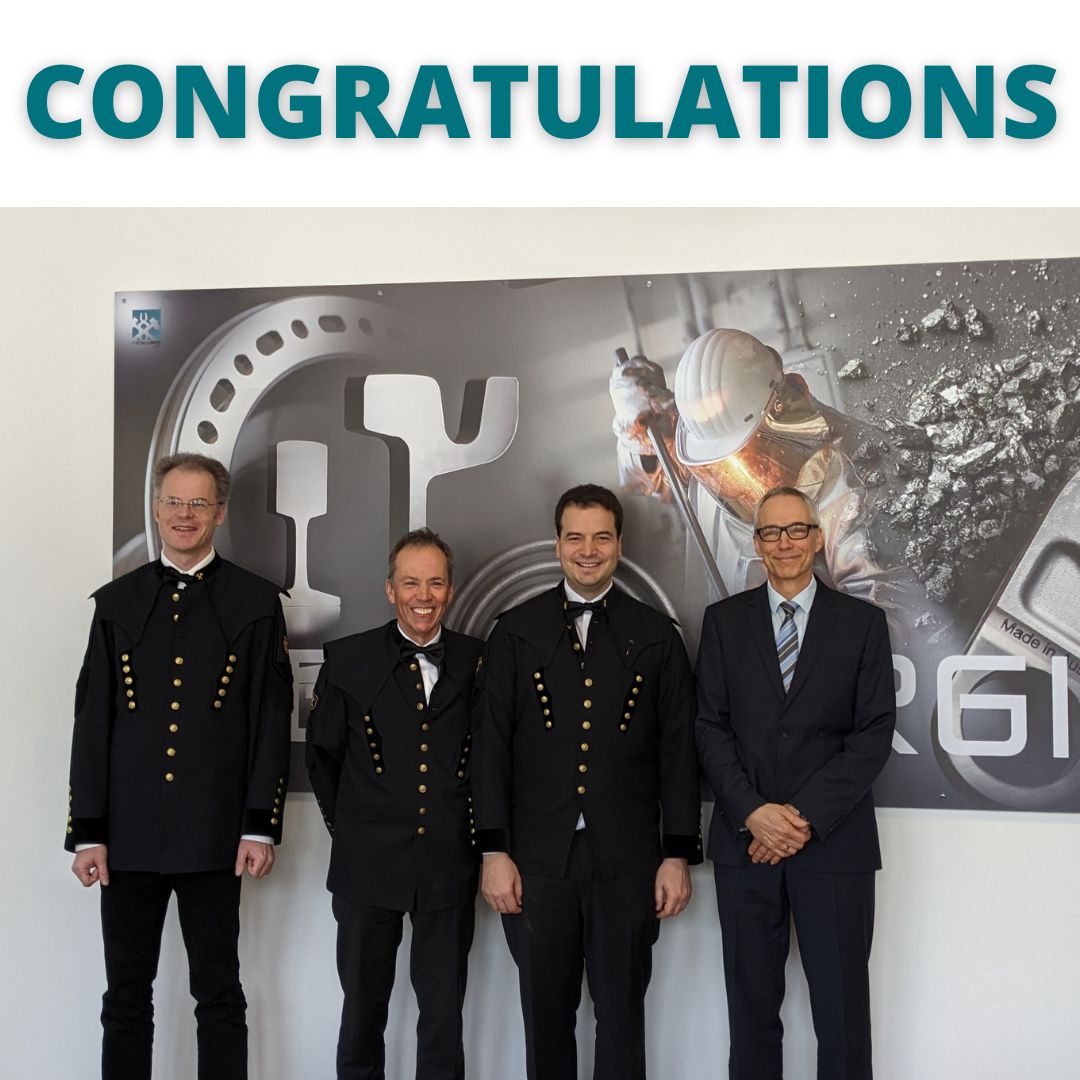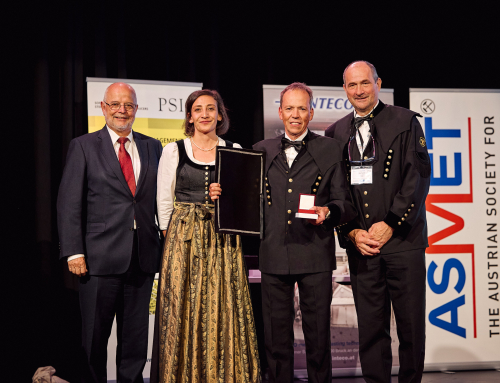We are delighted to extend our heartfelt congratulations to Bernhard Mitas on the successful completion of his Rigorosum examinations. He has defended his doctoral thesis on the topic “The refining contribution of the foamy emulsion during the LD-Process” with success.
The refining contribution of the foamy emulsion during the LD-Process
Bernhard MitasAbstract
The predominant steelmaking route is the Linz-Donawitz (LD) converter route. Since about 70 years the LD-converter (basic oxygen furnace, BOF) is used successfully to refine the hot metal originating from the blast furnace. Despite the economic importance of the process and the processes maturity, various aspects of the process are not fully understood. There is still disagreement among research groups regarding the relative contribution to decarburization of the hotspot
and the emulsion. Consensus has been only reached for the beginning and the end of the blowing process, where emulsion decarburization is
assumed to contribute subordinate refining performance compared to the hot spot. A well-studied phenomena is the liquid ejection close to a gas-liquid impingement area. The assessment of the hot metal ejection rates due to the oxygen jets impingement on the surface of the hot metal is performed in this work due to the lack of condense of published empirical ejection correlations when applied to industrial sized converter vessels. Physical boundaries are formulated to
evaluate the mass ejection correlations presented in the literature. The refining of the slag-metal emulsion during BOF steelmaking is evaluated. Having established models for the prerequired emulsion creation phenomena, refining predictions can be determined. The models were systematically positioned at various locations downstream from the oxygen jets. Using a mathematical model, the geometry of the hotspot cavity can be predicted and an additional model analyzing the
shear induced droplet generation is presented in this research. Based on presented publications, regarding ejected droplet size distribution
and the residence time of droplets in the slag vital refining
parameters of the BOF process are analyzed and discussed. The droplet
size distribution model predicts significant larger droplets compared
to droplet sizes used by various researchers in the literature when
modeling dynamic BOF behaviors. The coupled micro- and macro kinetic
model depicts that the large droplets that have previously not been
included in modeling contributes a significant fraction of the
refining of the hot metal phase. Calculations using the developed
foamy-slag model depicted a limit for the emulsion decarburization
fraction. It is estimated that slopping will occur if the actual
emulsion decarburization fraction exceeds 25%.






